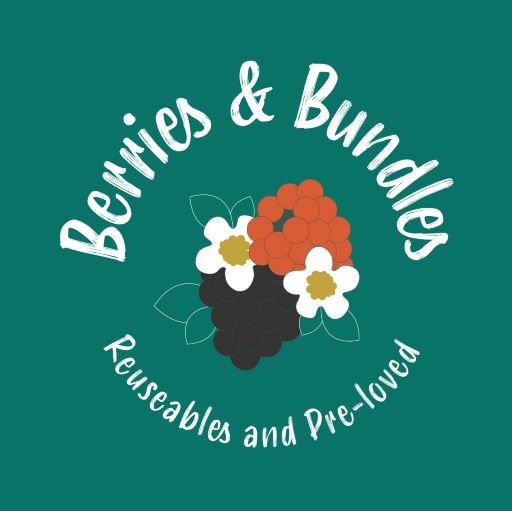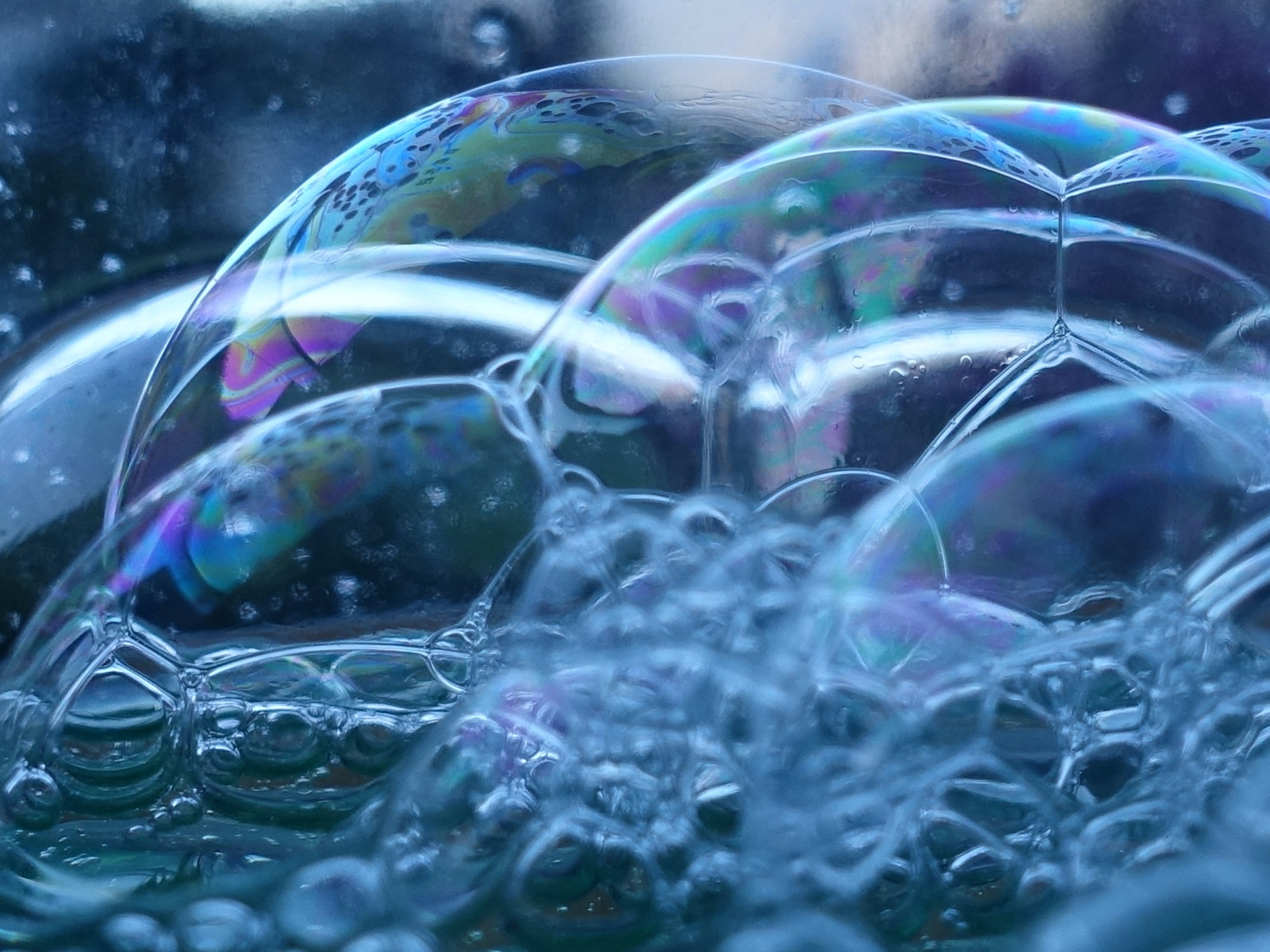How to wash reusable nappies
The best and most economical way to wash reusable nappies is by a simple routine - rinse first without detergent, then wash at 40 degrees with supermarket own brand detergent, do an extra rinse to remove all powder and dry thoroughly.
There is so much debate on how to wash cloth nappies and what is best; temperature, load size, agitation, pre-washing daily and then leaving in an airy basket until doing a big wash. These instructions are all far too complicated.
The list is endless and you should never pay money or subscribe to join any website, group or organisation claiming to offer specialist advice (i.e. CCN/Clean Cloth Nappies). When I first started with reusable nappies, that seemingly helpful website and information was available to download for free.
I was able to study it all including their experimental research on different brands of powder (totally subjective as it was done in the homes of their “testers” and not in any independent scientific setting or research facility), but since the popularity of reusable nappies has surged there is now an administration fee to gain access to such information. This is totally unethical in my point of view.
But what I can tell you is that the best UK supermarket own brand detergents for washing reusable nappies were Tesco non-bio, and Asda tropical.
Do what works for you
You are perfectly capable of tweaking any routine by yourself to suit your circumstances and your machine.
Keep it simple
I believe in keeping your wash routine for reusable nappies easy and the following has worked for me and kept my cloth nappies stink and stain free:
Hand rinse all poo and night nappies. Rinse away all poo down the toilet or drain before dry paling (meaning to store without soaking) in a bucket or wetbag. It helps to remove pocket boosters as you are doing this now so you don’t have to hunt for them later. Also stick any velcro tags together, and turn your wraps and all in ones inside out. Do not add any other liquid.
Do your nappy wash load every 2 days, in a separate load from the rest of your laundry. You can wash reusable nappies with other clothes, however I keep these to small items; washable wipes, my CSP, weaning bibs, muslins, vests/sleepsuits, socks, underwear, my nursing vests & my daughters school shirts. I personally believe not loading the machine too much helps them clean better. In my opinion, agitation (i.e. the idea nappies wash better when they have other items to rub against) is a complete lie. The water must properly circulate through your all in ones and inserts. It causes more problems than helping when your nappies get wrapped up in towels etc. How much extra clothing you can add is dependent on the size of the drum in your machine and what weight of washing it can take. To get the cleanest wash when washing your cloth nappies with other clothing, aim to keep it no more than half full.
Do a rinse/quick wash without detergent. This removes wee and any remaining poo stains on your liners.
Do a full long wash depending on your machine, with half a dose of detergent only (no fabric softener it prevents absorption) at 40 degrees with non-bio powder. It’s likely with 2 days worth of nappies your machine will be about half full and this is appropriate, efficient and cleans them enough in my experience. Too much detergent can cause issues because it combines badly with wee so start with the lower amount and work your way up to a full dose if you think you need to.
If your machine only does 3 rinses as standard then do another separate rinse cycle. Detergent must be rinsed out as much as possible.
DRY YOUR NAPPIES COMPLETELY before using them again. This is one of the most important steps. If your booster is not dry and they soak up wee you risk getting damp mildew smells.
Monthly reminder
Once a month do an empty (no detergent) 60 degree or hotter wash to clean your machine.
Approved routine
n.b. My routine is based on the guidance by manufacturers and also the UK Nappy Network.
Help guides
For more straight forward practical tips on how to switch to reusable nappies, have a read of my further blogs:


